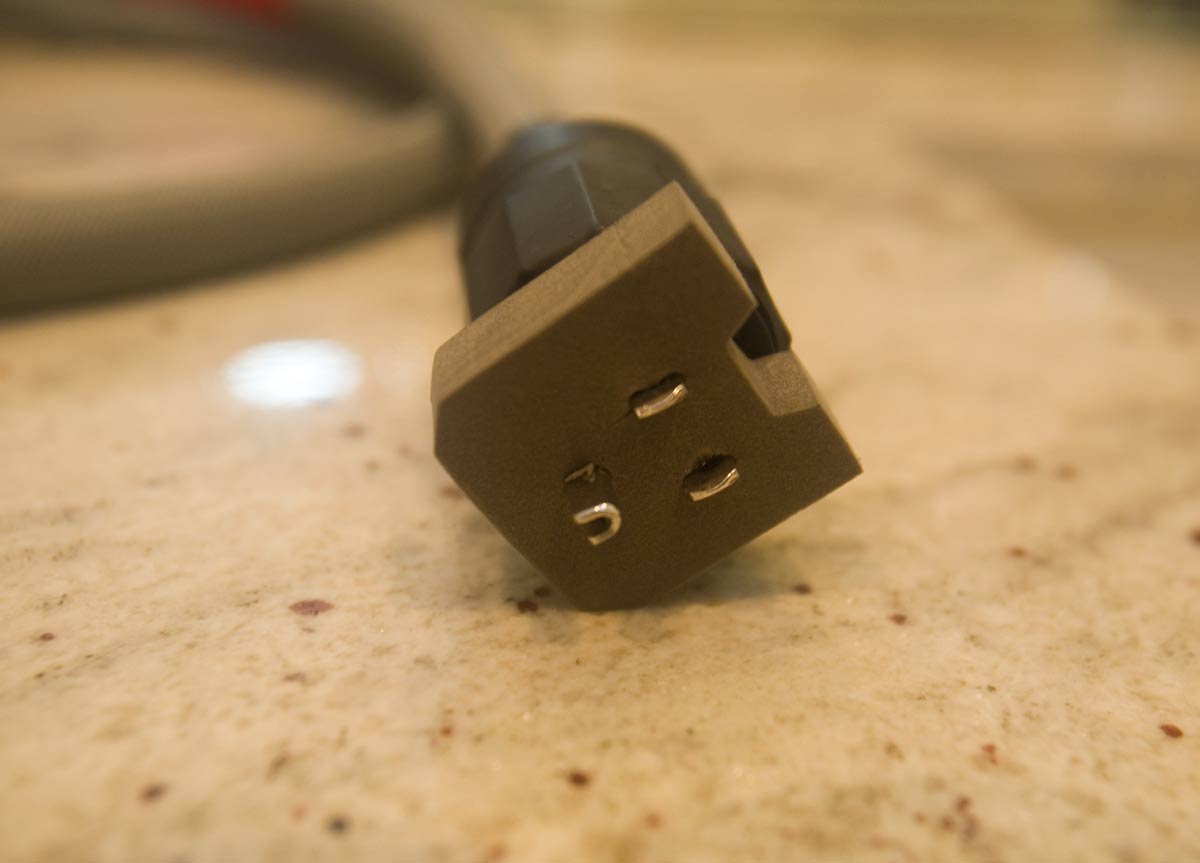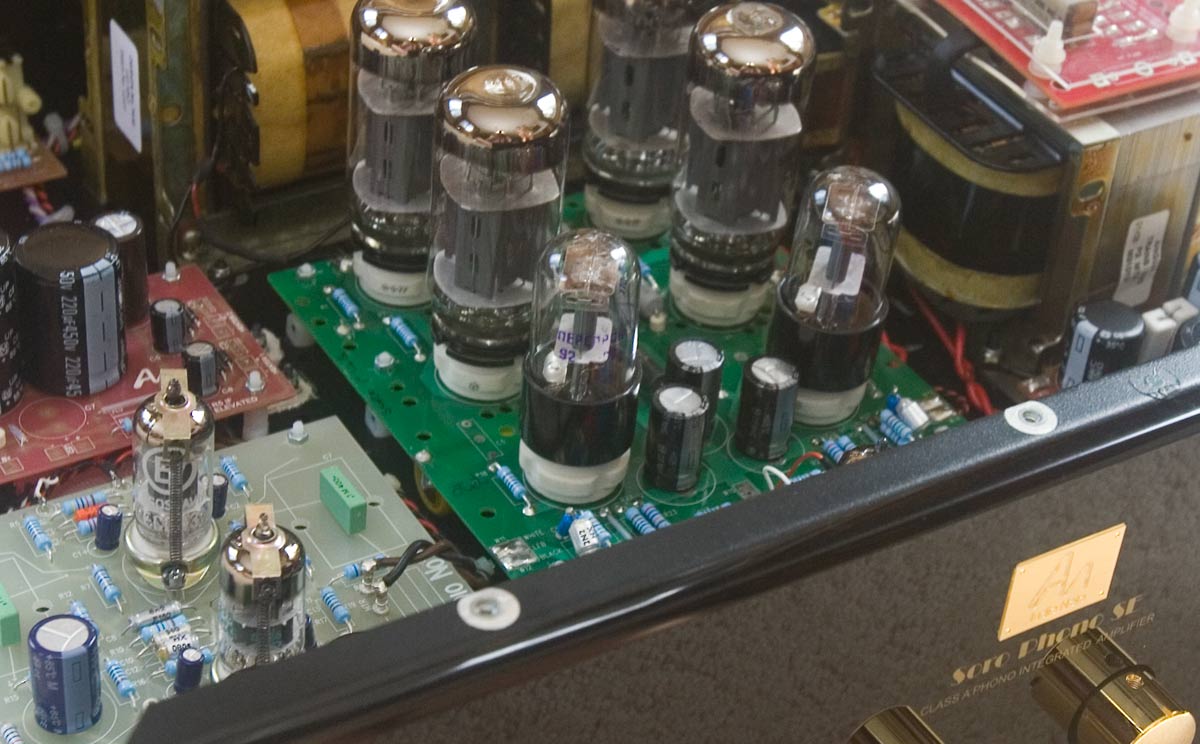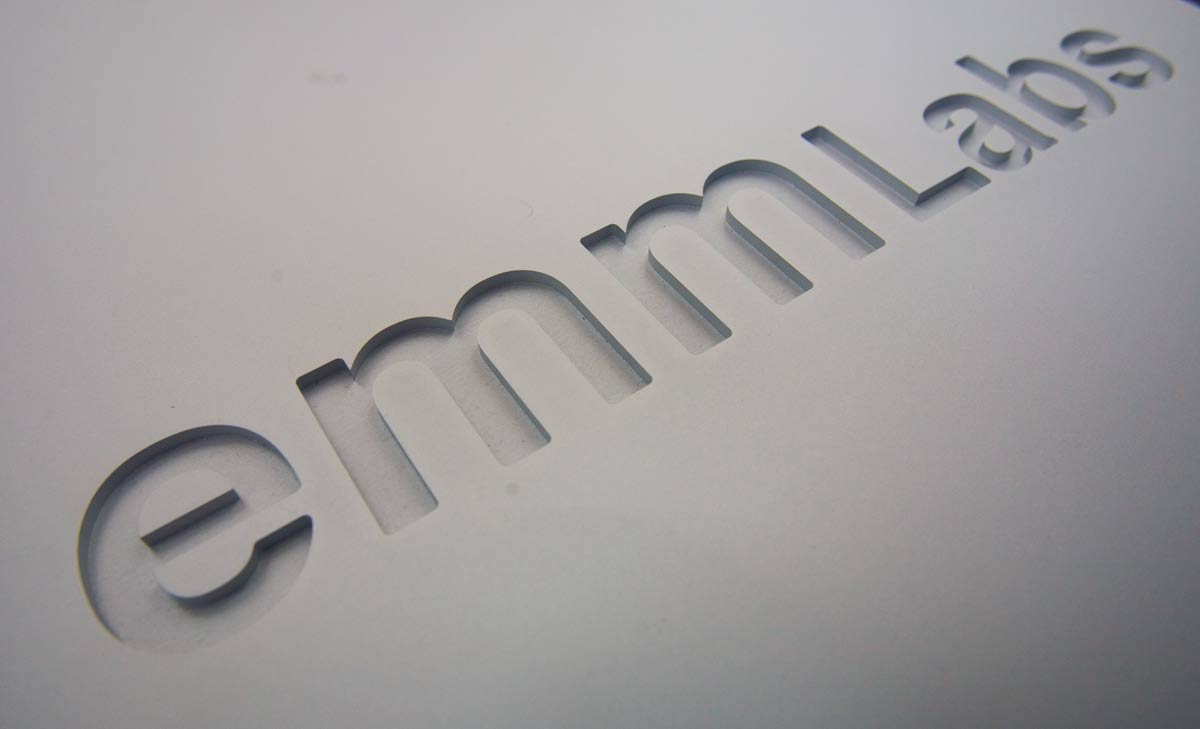We thought this was worth passing on to everyone:
JUDGING PANEL ANNOUNCED
Sinead O’Connor, Alt-J, The Killers, Aimee Mann, Dustin Lynch, Rosanne Cash, and More Sign On As Judges
December 17, 2014 – Unsigned Only Music Competition revealed today its high-profile judging panel for the 2015 competition, which is now accepting entries. The renowned panel consists of iconic recording artists and journalists and will determine the winners in eleven categories representing a wide variety of commercial genres of music.
Designed for solo artists, bands, and singers who are not signed to a major label, Unsigned Only’s goal is to find an outstanding, talented performing artist: a band, singer, or solo artist. Unsigned Only gives away over $100,000 in cash and prizes, including $10,000 in cash and one-on-one mentoring by an elite group of record company executives to the overall Grand Prize winner. First and Second Place winners in each category will also be chosen. The deadline to enter is March 18, 2015. Original and cover songs are accepted in all categories except for Screen Shot which accepts original songs only.
Artists may enter into any of the following categories: Adult Album Alternative (AAA) Adult Contemporary (AC); Americana; Christian; Country; Folk/Singer-Songwriter; R&B/Hip-Hop; Rock; Pop/Top 40; Screen Shot; Teen; and Vocal Performance.
Screen Shot is a new category that has been added this year, and it is geared toward helping artists get their music in film, TV, video games, and advertising. Music execs who are looking to place music in various projects will be judging this category and will also provide advice on music licensing to the winner of the category. Included are: Michelle Bayer (Shelly Bay Music); Michelle Silverman (Modern Planet); Ani Johnson (Monomyth Media); Evan Stein (Experience Music Group); Velma Barkwell (East End Music Productions); Jen Taunton (Level Two Music); and more to be announced.
“Last year Screen Shot was a special promotion that we ran for entrants,” says Founders/Directors Candace Avery and Jim Morgan. “The response was huge and was a great success for many artists who were able to secure licensing deals for their music. This is just another way for Unsigned Only to help its entrants, and we are excited to be able to open these new doors for independent artists.”
Judges include: Aimee Mann; Alt-J; Dustin Lynch; Sinead O’Connor; The Killers; Rosanne Cash; David Crowder; Robert Smith (The Cure); Darryl McDaniels (Run DMC); Ray Wylie Hubbard; Aaron Shust; Lucero; Kelly Price; Colt Ford; Frank Foster; Jason Gray; Rapsody; Kool And The Gang; Anthony DeCurtis (Contributing Editor, Rolling Stone); Kyle Anderson (Senior Writer, Entertainment weekly); Josh Jackson (Co-Founder and Editor-In-Chief, Paste Magazine); Chris Richards (Pop Music Critic, The Washington Post); Michael Hann (Music Editor, The Guardian); Shirley Halperin (Music Editor, Billboard and Hollywood Reporter); Lucy Jones (Deputy Editor, NME); Hardeep Phull (Music Critic, New York Post); and more to be announced.
Unsigned Only is sponsored by: Sony Creative Software, Guitar Center, D’Addario, Disc Makers, Ultimate Ears, Lurssen Mastering, Master Tour by Eventric, and The Music Business Registry.
For entry and general information, please go to http://www.unsignedonly.com









